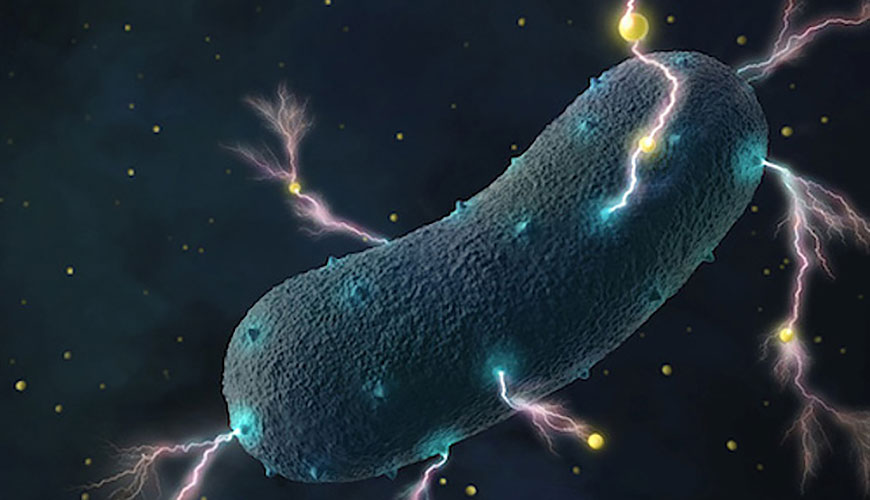
While bacteria that produce electricity have been found in exotic environments like mines and the bottoms of lakes, scientists have missed a source closer to home: the human gut.
Foundry staff and users discovered that a common diarrhea-causing bacterium, Listeria monocytogenes, produces electricity using an entirely different technique from known electrogenic bacteria, and that hundreds of other bacterial species use this same process.
Many of these sparking bacteria are part of the human gut microbiome, and many, like the bug that causes the food-borne illness listeriosis, which can also cause miscarriages, are pathogenic. The bacteria that cause gangrene (Clostridium perfringens) and hospital-acquired infections (Enterococcus faecalis) and some disease-causing streptococcus bacteria also produce electricity. Other electrogenic bacteria, like Lactobacilli, are important in fermenting yogurt, and many are probiotics.
The discovery will be good news for those currently trying to create living batteries from microbes. Such “green” bioenergetic technologies could, for example, generate electricity from bacteria in waste treatment plants. The research was recently published in the journal Nature.
Bacteria generate electricity for the same reason we breathe oxygen: to remove electrons produced during metabolism and support energy production. Whereas animals and plants transfer their electrons to oxygen inside the mitochondria of every cell, bacteria in environments with no oxygen — including our gut, but also alcohol and cheese fermentation vats and acidic mines — have to find another electron acceptor. In geologic environments, that has often been a mineral — iron or manganese, for example — outside the cell. In some sense, these bacteria “breathe” iron or manganese.
Transferring electrons out of the cell to a mineral requires a cascade of special chemical reactions, the so-called extracellular electron transfer chain, which carries the electrons as a tiny electrical current. Some scientists have tapped that chain to make a battery: stick an electrode in a flask of these bacteria and you can generate electricity.
The newly discovered extracellular electron transfer system is actually simpler than the already known transfer chain, and seems to be used by bacteria only when necessary, perhaps when oxygen levels are low. So far, this simpler electron transfer chain has been found in bacteria with a single cell wall — microbes classified as gram-positive bacteria — that live in an environment with lots of flavin, which are derivatives of vitamin B2.

